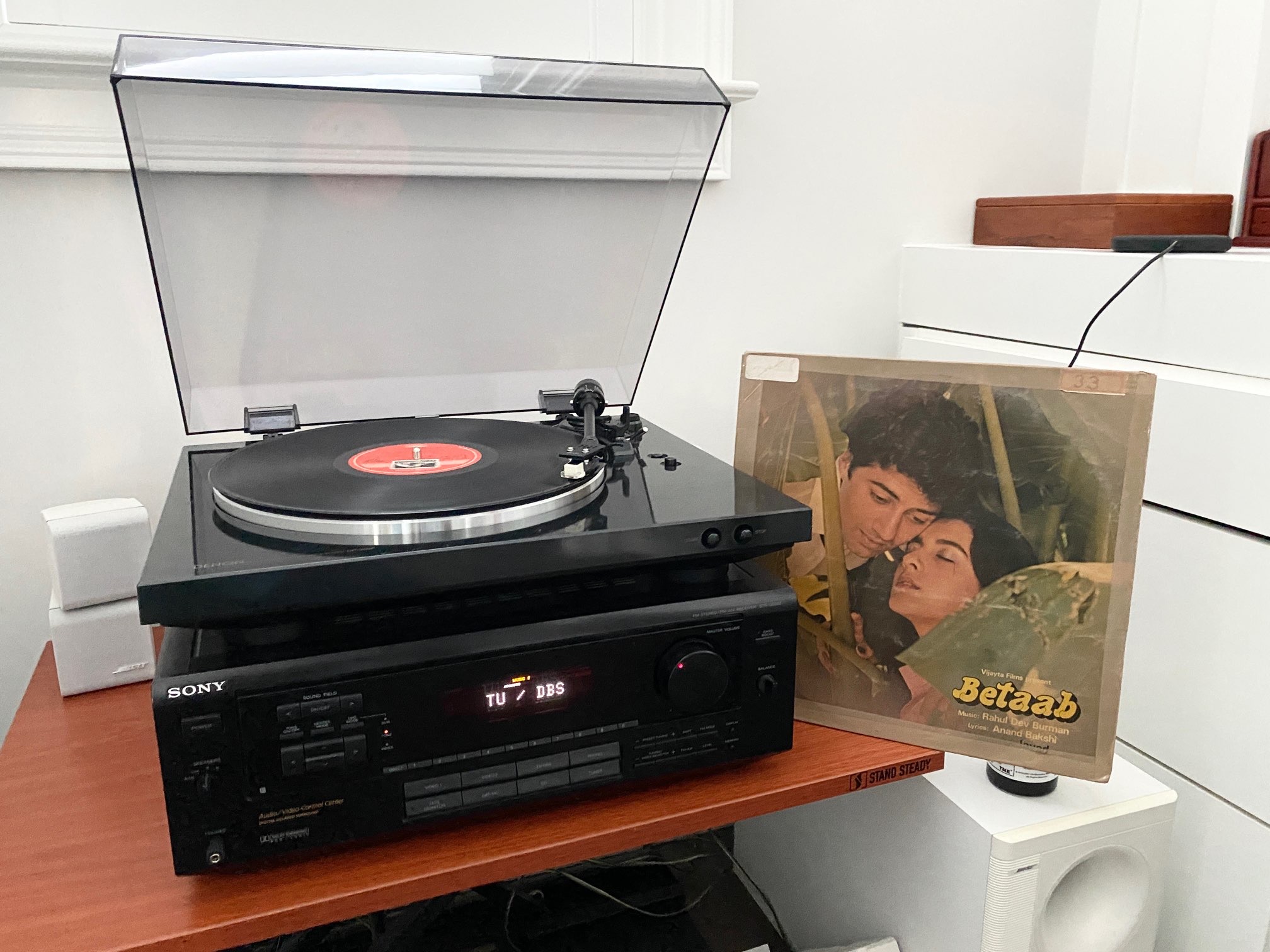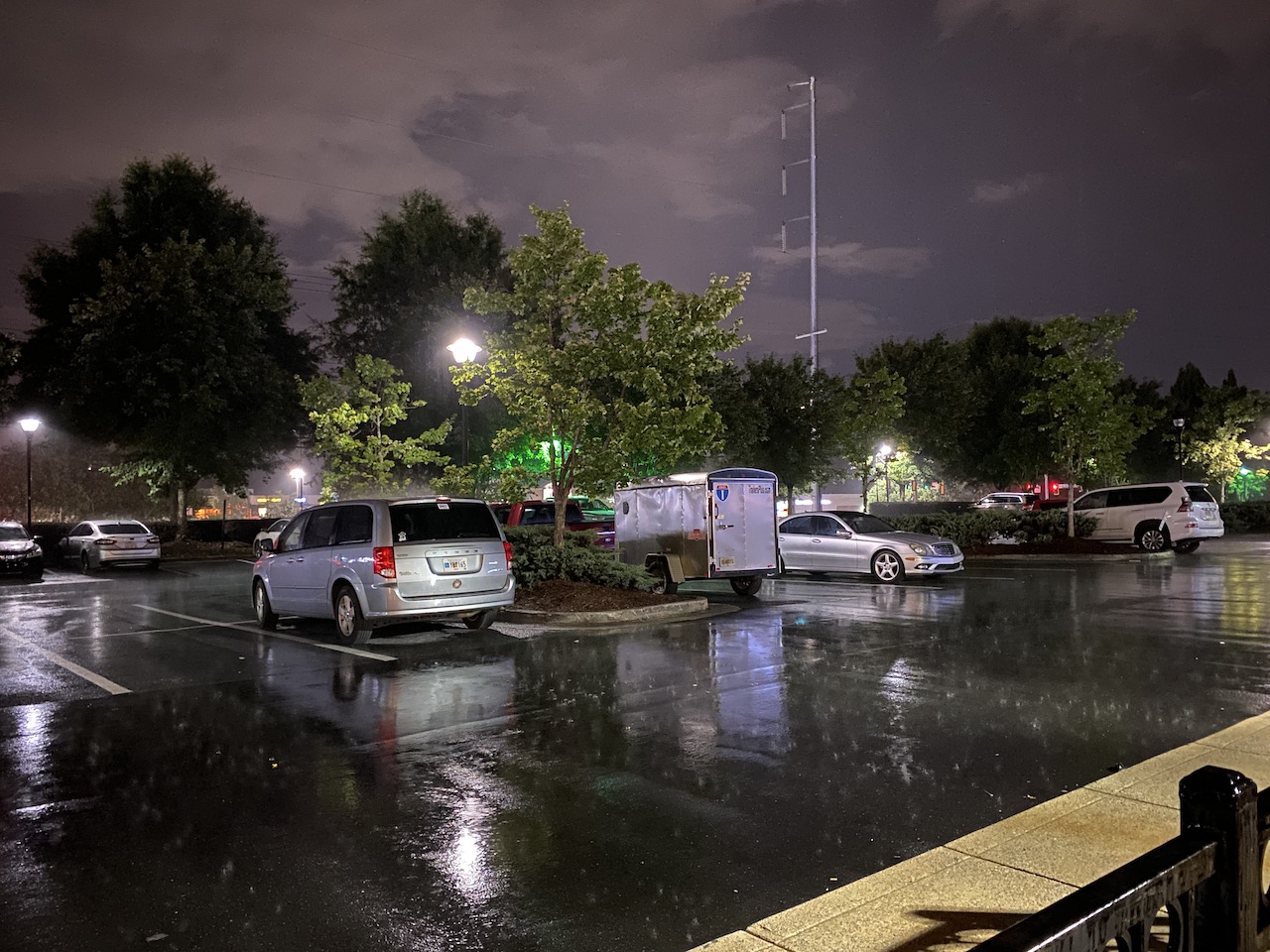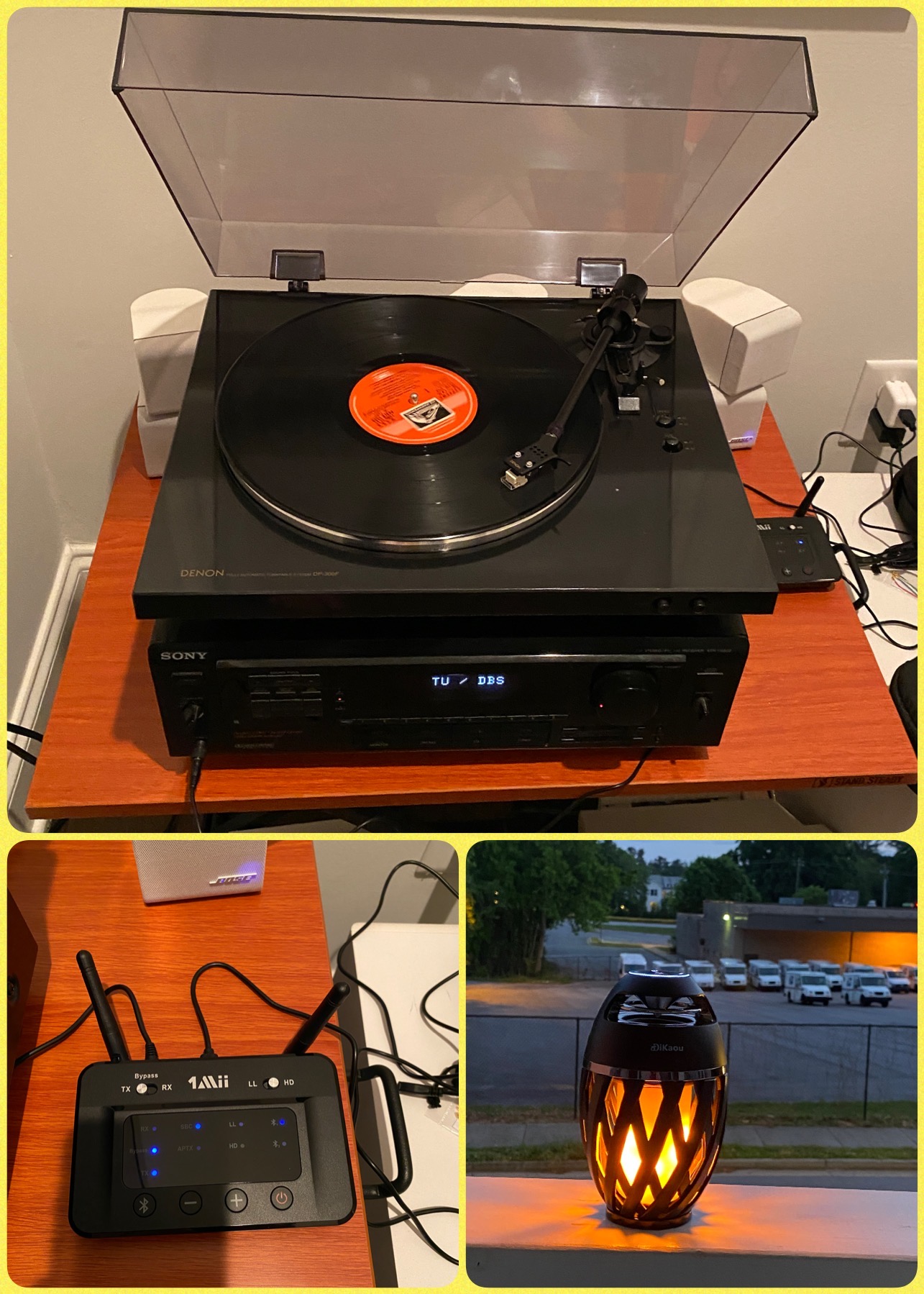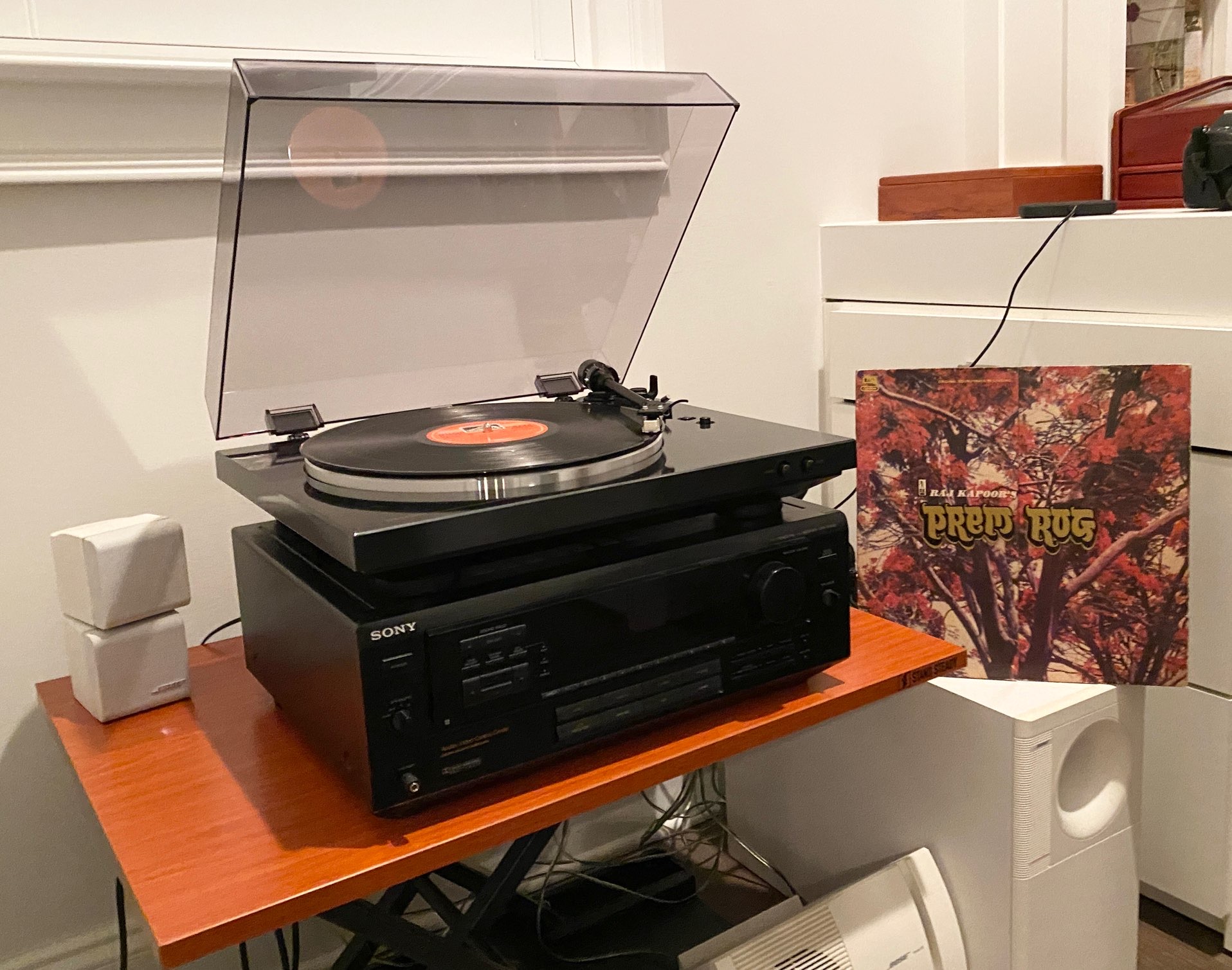Great quote from Sen-t’san
Currently reading a book on Morality (where does morality come from? why are we so bitterly divided in religion or politics?) The following quote from the eighteenth century Chinese philosopher Sen-t’san hit a chord with me…
“The Perfect Way is only difficult
for those who pick and choose;
Do not like, do not dislike;
all will then be clear.
Make a hairbreadth difference,
and Heaven and Earth are set apart;
If you want the truth to stand clear before you,
never be for or against.
The struggle between “for” and “against”
is the mind’s worst disease.”
Book Review: Factfulness by Hans Rosling
The more I read thru Chapter 1 and Chapter 2, the more I was taken back to an incident from a few years ago. This is when I still participated in WhatsApp groups (now, in general I avoid all groups other than those set up temporarily around events). Regardless of whether it was my early schoolmates’ groups or engineering college group or MBA group, I was always struck by the gullibility of folks that could be seen in those much forwarded messages that were mostly fake news. Nobody would even attempt to do a fact check first. The second was the negativity in the debates.
The particular one I am referring to involved my early school group and the general lamentation was about how in India, politicians have become more corrupt than ever, doctors cannot care less about patients and the society is degenerating fast in general. These are very well meaning folks and I can certainly vouch for their intelligence. I had asked them if they realized the following: We generally feel (rightly) that medical science, social conditions and all that was worse when our parents were growing up. But when it comes to our own life, we feel things were somehow better in the past (not so much past that it goes to our parents’ time) and now it worse!
Therefore, somehow, we all seem to have lived thru the Golden Age of this world in the near past. Whether it is medical practices, politics, transportation… you name it. I had asked them if something seemed too simplistic in this picture. Especially when contrasted with facts like lower death rates for most any reason, increase in real income level of poor people. The last point should have been amply felt by all my friends who had a constant struggle to get domestic help.
This book, I was thrilled to find, goes straight into that issue of how we have a very distorted view of the world and why we do so. Now, this is where I went wrong. I had thought my friends were simply not exercising their intellectual curiosity. That it was a knowledge issue. The book disproves my point. It is less of a knowledge issue. More of a bias issue. Biases that were important for our evolution but are very blunt and often disastrous tools in many situations (but not all) today.
I also want to give a shout out to Sunjay Talele. It is Somshekhar Baksi that has consistently recommended books that I have loved. Sunjay is now up there. He is three for three now.
Going back to the book, the whole purpose of the author – a medical doctor, renowned public educator and an adviser to WHO and UNICEF – is to establish how little we actually know of the world around us. Worse, how we are stuck with very old views of the world and how much the world has changed ever since. This leads to wrong decisions – personal and professional – on an everyday basis.
The book starts with 13 questions. Astoundingly, every segment of the population – different countries, corporate folks, doctors, students, Davos participants, Nobel Laureates – all get very few of those questions right. Most all do worse than a chimpanzee throwing bananas at three target answers. The author draws a chimpanzee face in every chart to show what the “random” answer would have been and how human beings do far worse than that. Which points to systemic bias in our knowledge. Or rather, as the author proves – “feeling” of answers.
Did you know the fear about “chemicals” is way overblown? Sure, there are bad chemicals but most of the chemicals that we are afraid of have very little to be afraid of. As an example – try out “how poisonous is DDT”. Check out the CDC report or any medical reports. It is nothing like what you and I think. [Of course, if you drink a gallon of DDT for over a month, it will severely affect you – but that is not the kind of extreme pictures we have in mind when we think of DDT].
Thru data – mostly from organizations like UN, UNICEF, WHO etc, the author dispels most of the misconceptions we, in the West, have about the Middle East, Africa, India, China and such. Many of those views were never true. Some were valid decades ago but nowhere even close to the truth today.
Here is another one. If I told you worldwide, 30 year old men have spent 10 years in school on an average and then asked you what do you think that number is for 30 year old women. And gave you the choices of 1 year, 4 years and 7 years – what would you say? Well that is a trick question. The answer is 9 years!! We have mostly caught up on that specific problem in spite of the pictures of Afghanistan and Sudan that come up in the news.
To be sure, the author is very clear is that 9 is not an acceptable answer. We got to keep pushing harder till every life lost to war or preventable diseases and gender bias is eradicated. But that does not mean we need to ignore the remarkable improvements we have made in this world on those exact areas. He stresses that we should think that the world is “Bad” AND “Better”. In other words, do not mix up relative scales with absolute scales. Recognizing that is important since just thinking the world is “bad” will lead to despair. Thinking it is “bad” AND “better” drives home the point that we need to keep doing what has made the world “better” so that the “bad” gets lesser and lesser. These are two seemingly contradictory concepts that we have to hold in our head together.
The best part is that the author dissects top ten instincts that leads to this lack of “Factfulness”. (e.g. Negativity Instinct, Gap Instinct and so on). The first four are most important.
You have to give this book a try.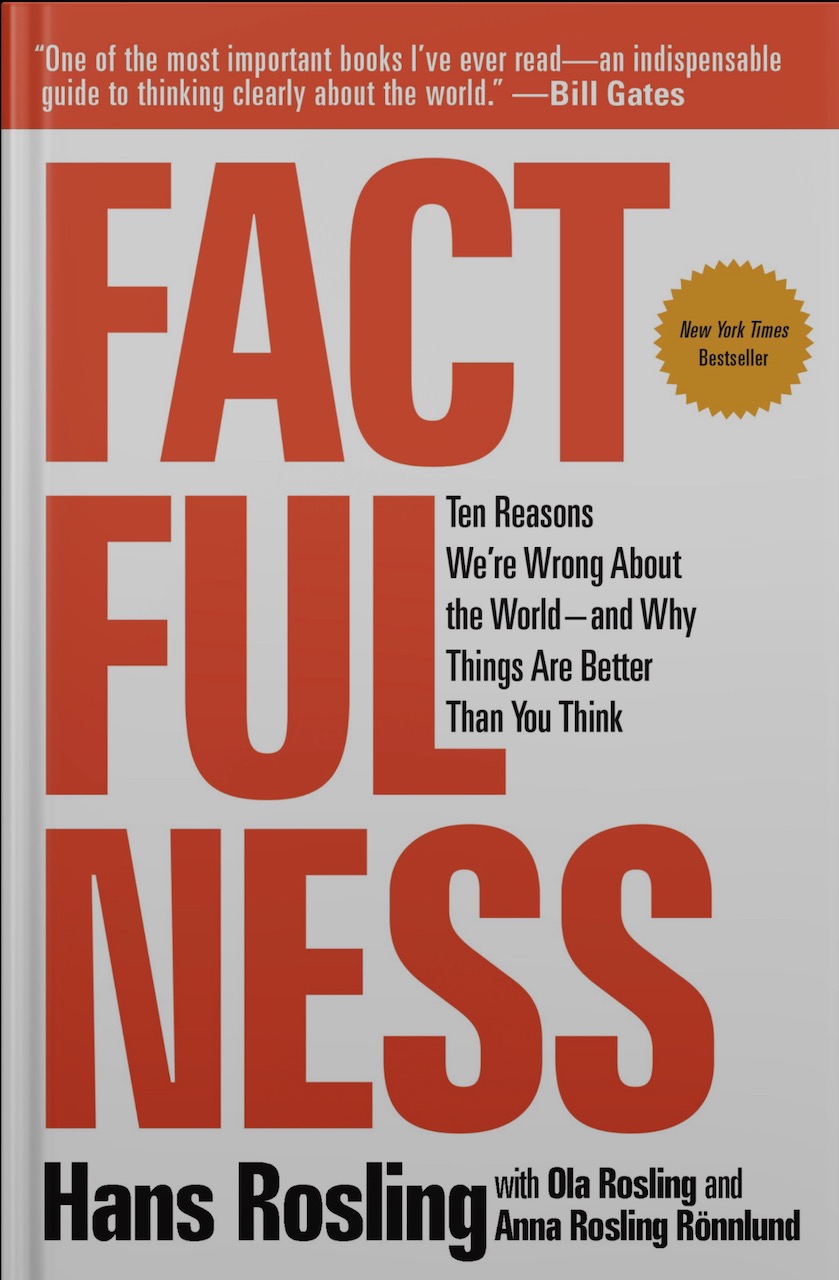
Digital Junk?
As we get ready to move houses, one of the obvious conclusions that we have come to – like anybody else who moves houses every decade or so – is that, we have accumulated too much stuff thru the years. They occupy space, never are used and meaninglessly take up space and time. (Some of the boxes that were moved from Dallas to Atlanta in 2007, we realize regreattably, are still unopened).
Here is another observation on those lines… pictures and videos!! If you are like me, you probably take a lot of pictures and videos (this wonderful thing called smartphone has made it so easy that we take multiple shots of essentially the same scene – just in case something is amiss). Some of you are probably as fastidious as me and transfer them to a main computer and then keep one to three backups. And some of you may not be as diligent. You just buy a new phone with much more space!!!
You know you will never forgive yourself for losing any picture of the kids growing up and all that.
Here is the uncanny question I have for myself these days. Let me ask you… How often do you actually go back and see those pictures that you had taken so that you can enjoy them in the future? Sure, once in a while, that database comes of use (you know, like settling a debate with the spouse on which hotel you stayed in when your family visited a city and all that). But really, how many photos have you gone back, watched and enjoyed – let’s say three months after it was taken?
How about videos? For me, that is even worse!!!
So, just like all those stuff we bought and stored that are of no use to us… are we also creating digital junk for ourselves? I know storing does not take much time or money. But backing up them does. And we perhaps lose the magic of the moment when it happens… because we were too busy trying to save it digitally for the future.
What do you think?
One more step completed for the music set up
Book Review: Prisoners of Geography
This is an intriguing book and a must read for anybody who is remotely interested in geopolitics. The author basically talks about how geography has driven the security or lack thereof of all countries. In spite of technology today, high mountains, deep seas and wide rivers drive most of the geopolitical calculations of every country. This stems from the need to protect trade and security of its citizens.
The book caught my attention right in the first chapter. Very well timed. This was written way before the Ukraine war. But once you read this chapter you will realize why Russia attacked Ukraine. In fact, the author predicted that it waas inevitable. While the author does not condone war – and like all of us – is numbed at the deaths and atrocities, he points out the history of the Northern European Plains – thru which over centuries many many countries have attacked Russia. In fact about once in every 35 years!
Some of the fascinating facts you will learn will include why Europe has so many countries. Part of the reason lies in geography. Most of the major rivers in Europe do not meet. This formed early boundaries for individual spheres of influence – often giving rise to a cities on the banks where people gathered for trade. Eventually, they became the capitals.
Also how Africa’s tardiness in progress can be traced back to lacking any deep, natural harbors (but beautiful, beautiful beaches) and all those impressive rivers having waterfalls ever so often. Ruling out any convenient modes of trade or transportation.
He continues to give a great narrative of how China’s actions – trade wise and military wise, the India-Pakistan conflict (which he predicts will never end), Korea and Japan, The Middle East – so much of the countries’ political decisions and policies are dictated by simple geography. Once you understand the geography of their borders, a lot of their actions are understandable (may not be condonable).
The other thing the author points out is the lasting negative effects European colonialism has had as they – and this includes the Belgians, French, Spanish, Dutch, Portuguese and worst of all, the British – who arbitrarily drew country boundaries when the left (have you noticed all the straight line boundaries of countries in Africa or the Middle East?) that paid no heed to the kinds of peoples who live there and thereby ensured that geopolitical conflicts will be a permanent thing.
The most fascinating part is the last chapter. He describes how the melting of the Arctic cap will open up more trading lines, bringing down the importance of the Panama canal and the Suez canal and how different countries will have aggressive postures to establish their primacy in the Arctic. This includes countries like Russia, the Scandinavian countries, US, Canada and such.
Again, an outstanding read. Two thumbs up.
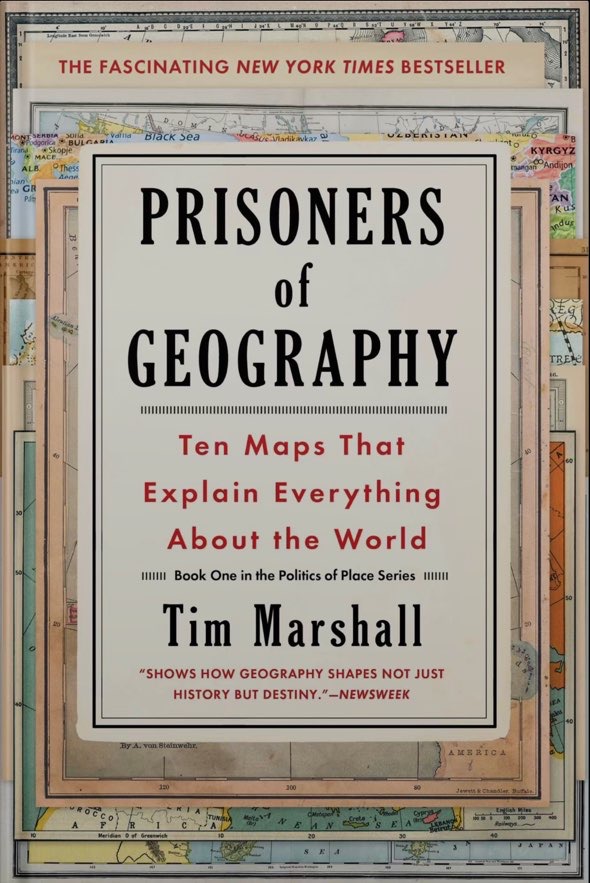
The old meets the new…
Prem Rog !
Book Review: Fiber Fueled
I am getting more and more convinced that books written by medical doctors have basically one message – “Here is the one thing – and it will solve all problems of your body”. This book – referred to me by my dietitian – left a similar aftertaste as after reading the book “Why Zebras do not get Ulcers” (remember?). At least that book had a lot of humor and kept the delivery interesting while almost trying to prove that glucocorticoids were the solution to all your problems.
This book was initially interesting to read – it does a great job in explaining the microbiome and how the bacteria works and also how fiber rich foods are processed by our body. But then as you proceed thru the chapters, the author’s pitch become more and more shrill and the writing becomes almost a marketing pitch. Apparently, fiber will solve all our problems. In his defense, he does concede that there are circumstances like celiac disease patients for whom all fiber may not be a panacea.
The challenge for me, of course, is to accept that there is one solution for everybody. Given our bodies are so different from each other – and there are seven and a half billion of them – I would have expected a little more circumspect approach for any truly research based opinion.
Some of the concepts in the beginning are compelling and educational. For example, the way he explains how food choices affect the biome. And how leaky gut causes inflammation. He also teaches the concept of prebiotics, probiotics and postbiotics very well.
Some of his ideas will cause you to sit up. For example, his belief that outside of the five vitals – temperature, pulse, respiratory rate, blood pressure and oxygen level, there should be a sixth one – quality of bowel movement. He does go on to make a compelling case for this.
But then he goes on screaming from the rooftop how every disease can be solved by eating fiber. Often quotes research but I am very skeptical of statements like “Research has shown…”. Not all research are done with the same level of integrity.
In the end, he dedicates another large portion of the book to be a chef with pages and pages of recipes.
That said, I learnt a few things:
1. There are 5 types of microorganisms in our body – bacteria, yeast, parasites, viruses and archaea (never heard of the last one!!)
2. We carry 39 trillion microorganisms in our body. Most of them are bacteria.
3. 90% of serotonin and 50% of dopamine is produced in the gut. This shocked me. I guess that is why the gut is the second brain.
4. Apparently, genetics have less to do with diseases (only 20% – based on studies of identical twins). 99% of our DNA comes from the biome and only 1% is from the rest of our body.
But above all, his concept of “Eat all the colors of plant based food” is sound advice and I would not take anything away from that.
If you read this book, I would suggest start tapering off around the middle of the book.
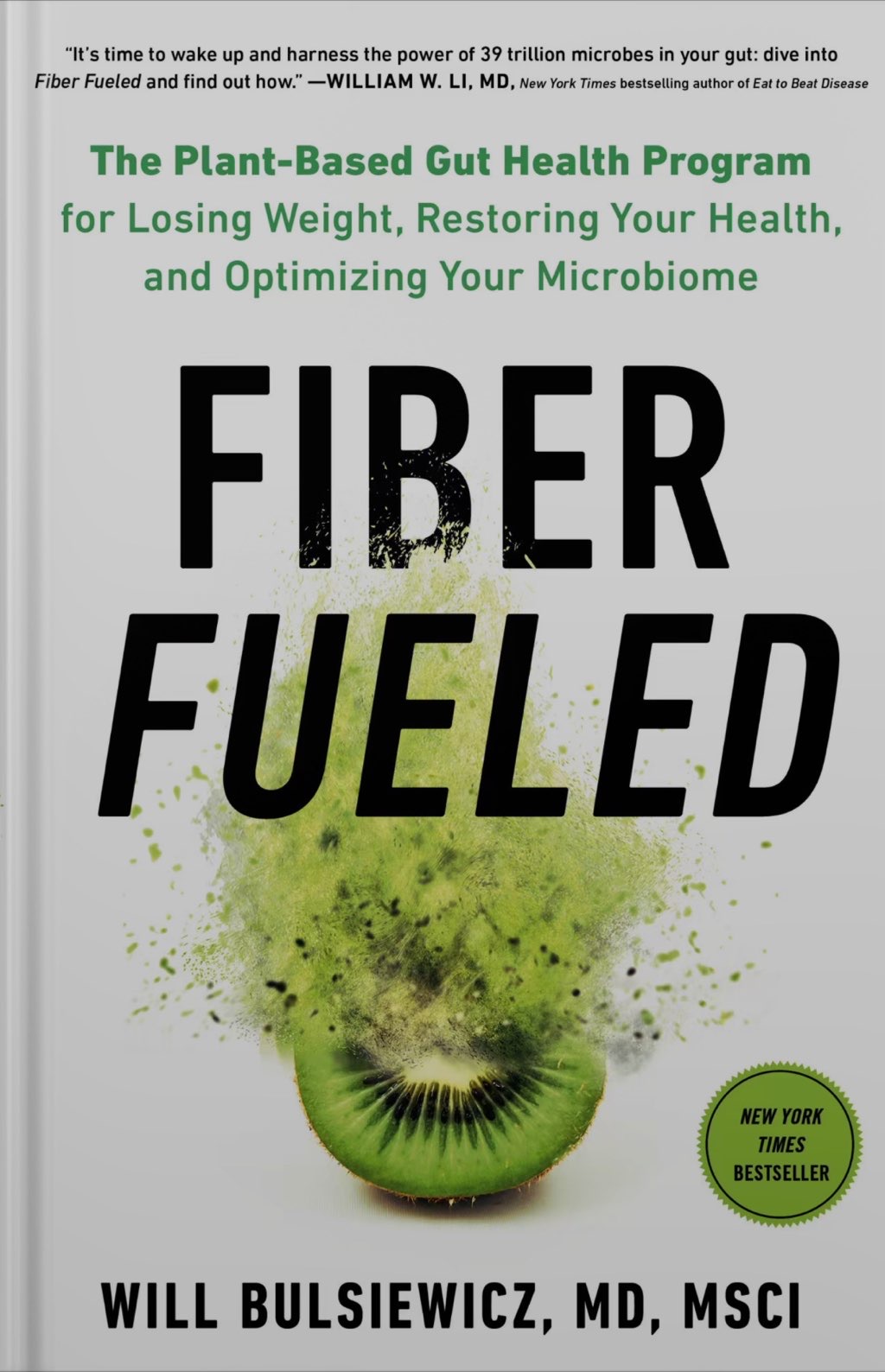
“Badal yun garajta hain”
First time I listened to the cassette of Betaab – right after finishing my tenth grade exams, I remember being struck by the pronounced sound effects of thunder in this song. Not one to watch movies much, I did not have the visual backdrop. That did not quite matter much, since I loved the tune of this song. And every other song of this movie. No wonder it became the biggest hit of that year.
Folks who grew up at that time listening to the songs of Betaab, did you have a favorite song? The others were “Jab Hum Jawan Honge”, “Teri Tasveer Mil Gayee”, “Tumne Dee Awaaz”, and “Apne Dil Se Badi Dushmani Ki”.
Got this vinyl from Kolkata when I was in India in March.
